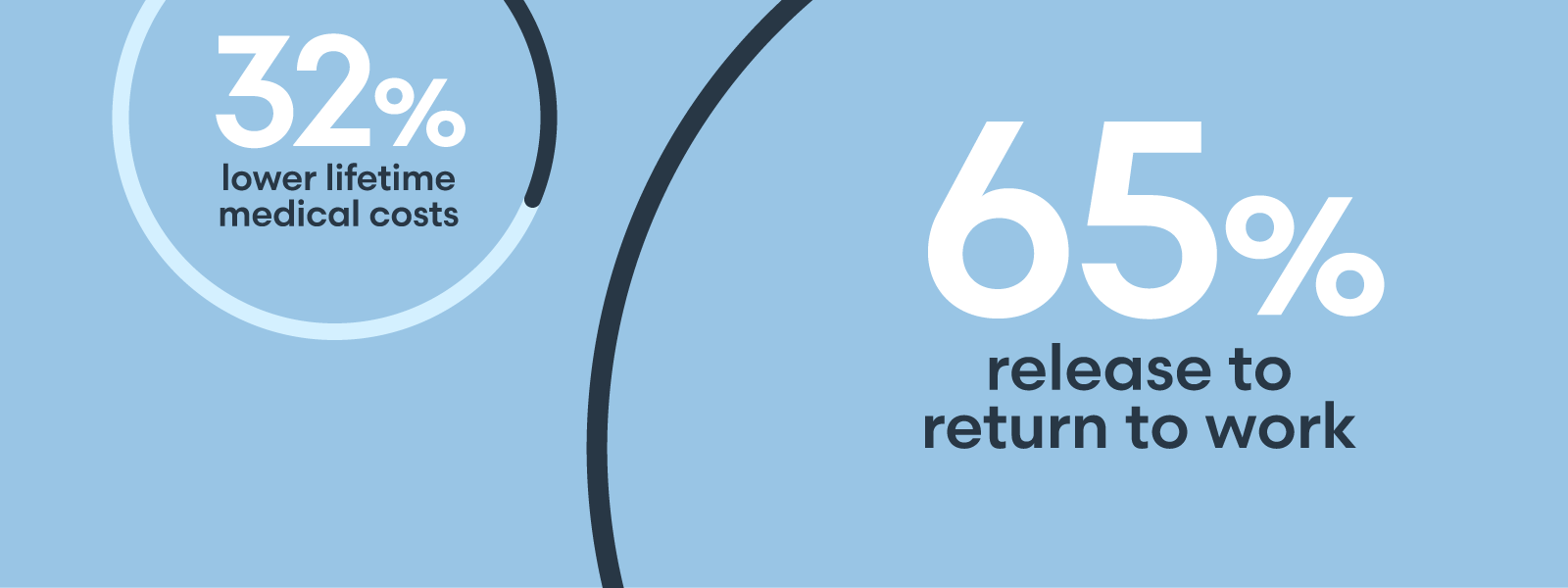

Until now, the insurance industry has largely focused on post-loss activities. That has been the case historically with good reason; the data and analytics to support pre-loss steps such as loss prevention and containment simply were not available. Now, however, the industry has sophisticated tools that make possible a shift to a pre-loss focus.
Predictive analytics refers to a set of tools designed to identify trends, patterns and correlations that otherwise could remain unnoticed in disparate data sources. Artificial intelligence and machine learning are foundational elements of predictive analytics, which facilitate benchmarking and outcome forecasting. Geospatial analytics expands on predictive analytics with traditional data to include the context of location, timing and historical perspective. With a geospatial approach to predictive insights, risk professionals can visualize and consider not only events that might happen but also where and when they could occur.Asking and answering new questions
Foreseeing the next card
Surfacing insights and trends in data are not about delivering software solutions. Predictive and geospatial analytics are much more about partnering with risk professionals to answer business questions.

Mark Tainton is the Global Head of Analytics at Ventiv Technology. He has more than 30 years of experience in data analytics. Before joining Ventiv in 2022, he held various executive roles at global organizations, with companywide responsibilities including business intelligence reporting, data analytics strategy and data governance.
Lorem ipsum dolor sit amet, consectetur adipisicing elit, sed do eiusmod tempor incididunt ut labore et dolore magna aliqua. Ut enim ad minim veniam, quis nostrud exercitation ullamco laboris nisi ut.
Lorem ipsum dolor sit amet, consectetur adipisicing, sed do eiusmod tempor incididunt ut labore et dolore magna aliqua. Ut enim ad minim veniam, quis nostrud exercitation ullamco laboris nisi ut. Ut ad minim veniam.
Vestibulum ante ipsum primis in faucibus orci luctus etel ultrices posuere cubilia Curae.
Lorem ipsum dolor sit amet, consectetur adipisicing elit, sed do eiusmod tempor incididunt ut labore et dolore magna aliqua. Ut enim ad minim veniam, quis nostrud exercitation ullamco laboris nisi ut.
Sed ut perspiciatis unde omnis iste natus error sit voluptatem!
Nemo enim ipsam voluptatem quia voluptas sit odit aut fugit!
Ut enim ad minima veniam, quis nostrum exercitationem ullam!

"Et harum quidem rerum facilis est et expedita distinctio!"

"Nam libero tempore, cum soluta nobis est eligendi."

"Temporibus autem quibusdam et aut officiis debitis!"